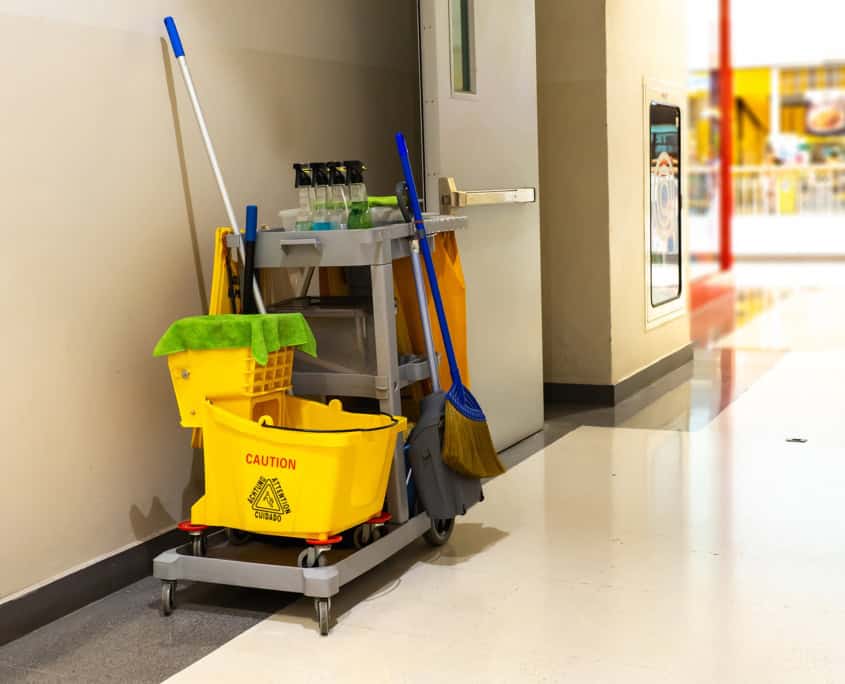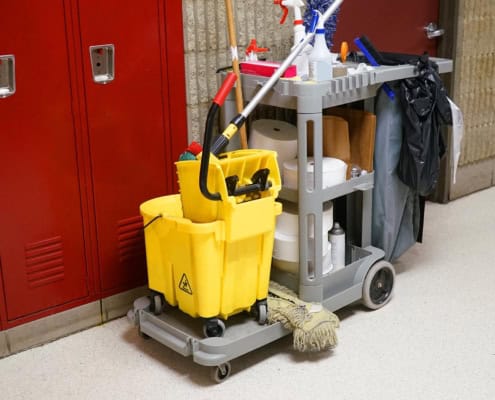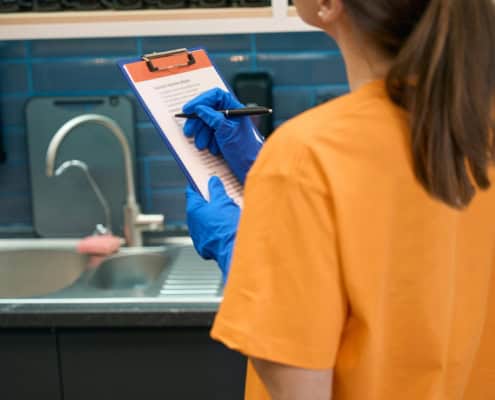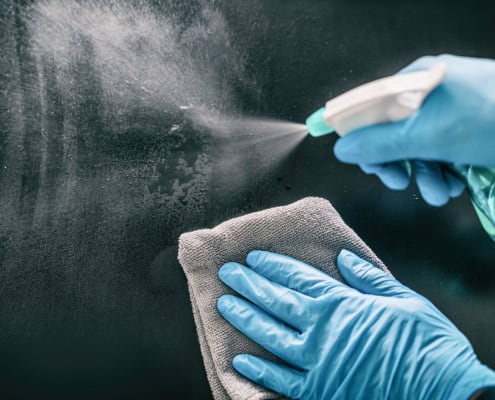OSHA cleaning requirements are enforceable regulations designed to protect employees from workplace hazards. And while most people associate OSHA with construction or manufacturing, its sanitation standards apply across industries, from office buildings to healthcare facilities.
At their core, OSHA’s cleaning standards cover areas like hazard communication, safe chemical storage, sanitation in restrooms and break areas, personal protective equipment (PPE) for cleaning teams, and proper handling of bloodborne pathogens or biohazards. Each of these requirements is designed to ensure that cleaning actively reduces health and safety risks.
For operations leaders, the challenge lies in ensuring that cleaning practices meet these requirements consistently. A lapse in labeling chemicals, failure to provide PPE, or inadequate restroom sanitation can all trigger costly fines—and, more importantly, put employees at risk.
By treating OSHA cleaning requirements as a baseline rather than a box to check, organizations can avoid violations and build a safer, healthier workplace.











